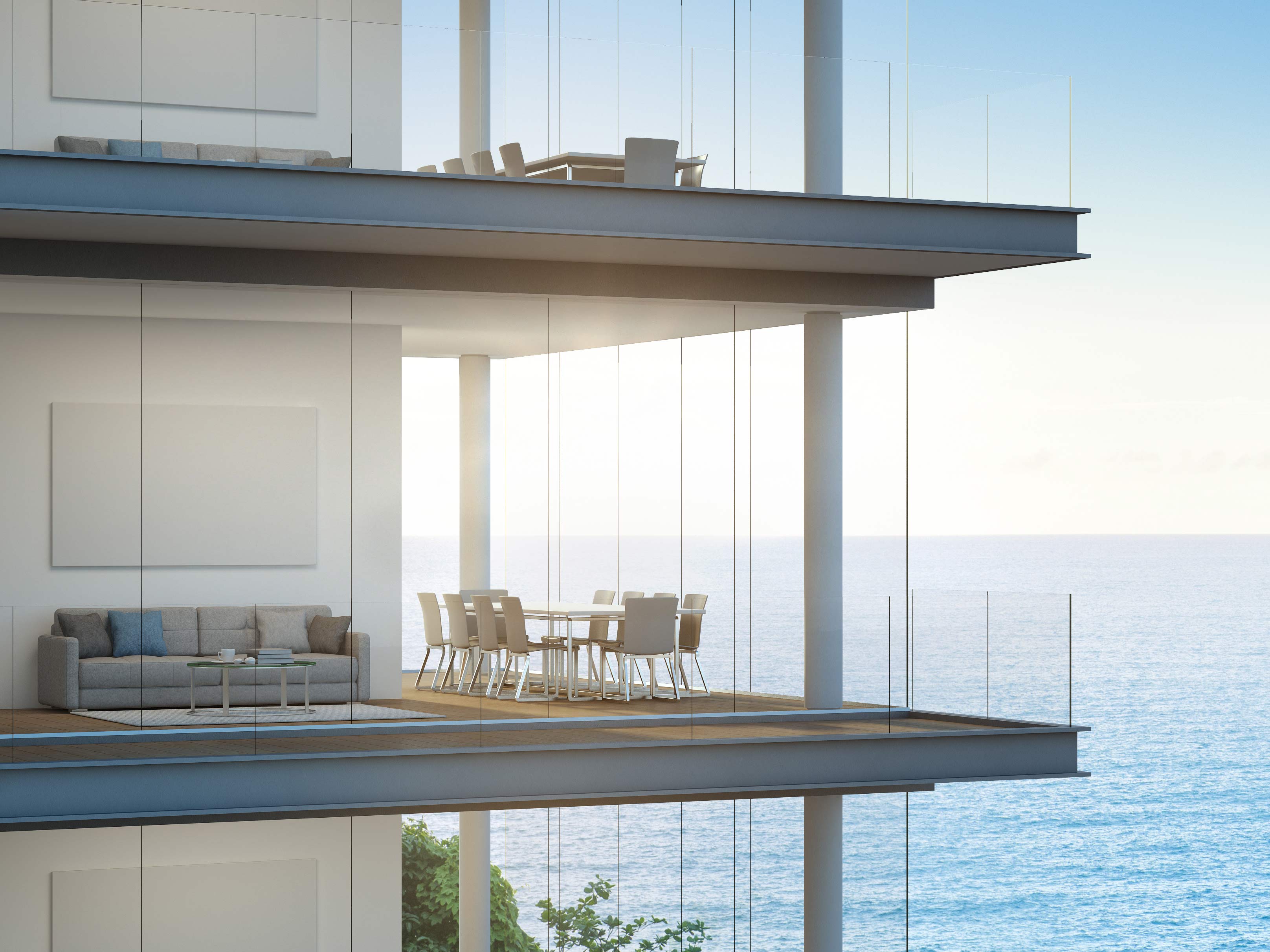27 October 2021
4 min read
#Construction, Infrastructure & Projects, #Property & Development
Published by:

With the COVID-19 pandemic having people spending more time at home, the demand for luxury developments in Australia has never been more real.
Luxury developments go above and beyond stock standard residential developments due to the artistic vision of developers. However, in most cases, developers are at the mercy of their contractors and various consultants to deliver such vision.
So as a developer, how do you ensure that the end product truly reflects your vision?
In this three-part series, we discuss a number of key considerations for developers of luxury developments throughout the various stages of a project, which may assist developers in maintaining confidence in their contractors’ ability to deliver the ‘vision’.
Before inviting contractors to tender on a luxury development project, developers should have a clear overall vision for the project and a clear design intent. This should include, at a minimum:
Before commencing the tender process, developers should also consider:
Part of the pre-tender process will also involve deciding whether the developer wishes to prepare and provide a finalised design as part of the tender package.
If it is intended that the contractor will only be constructing the development, a fully developed design should be provided to the contractors invited to tender. Ideally, this design will have been developed and certified by appropriately qualified consultants and should comprehensively set out what the contractor must deliver.
Ultimately, the more information that can be clearly conveyed to potential contractors at the tender stage, the more likely the overall vision for the project can be achieved on time and within budget.
It is, however, quite common for developers to engage contractors with the experience and capability to also take on design obligations and be wholly responsible for designing and constructing the developers’ vision.
Even if the contractor is ultimately responsible for developing the final design, the developer will still need to prepare and provide a conceptual design of the vision for the development. In these circumstances, it is important that the contract is clearly drafted to distinguish between a conceptual design and the ‘for construction’ design, and that the contract sum accounts for the contractor delivering the overall intent or vision for the project, not simply the conceptual design. We will discuss this further in the second part of our series.
While there are certain benefits to having a single contractor engaged in designing and constructing a development, there are also risks that arise in circumstances where the design has not been finalised at the time of entering into the contract.
These risks can include:
It is, however, possible to account for and take steps to mitigate the potential effects of such risks through a properly drafted and considered contract.
In the second part of this series here, we discuss a number of key contracting strategies to assist developers in maintaining levels of control over the design process.
Author: Kirsty Smith & Tarin Olsen
Disclaimer
The information in this publication is of a general nature and is not intended to address the circumstances of any particular individual or entity. Although we endeavour to provide accurate and timely information, we do not guarantee that the information in this newsletter is accurate at the date it is received or that it will continue to be accurate in the future.
Published by: